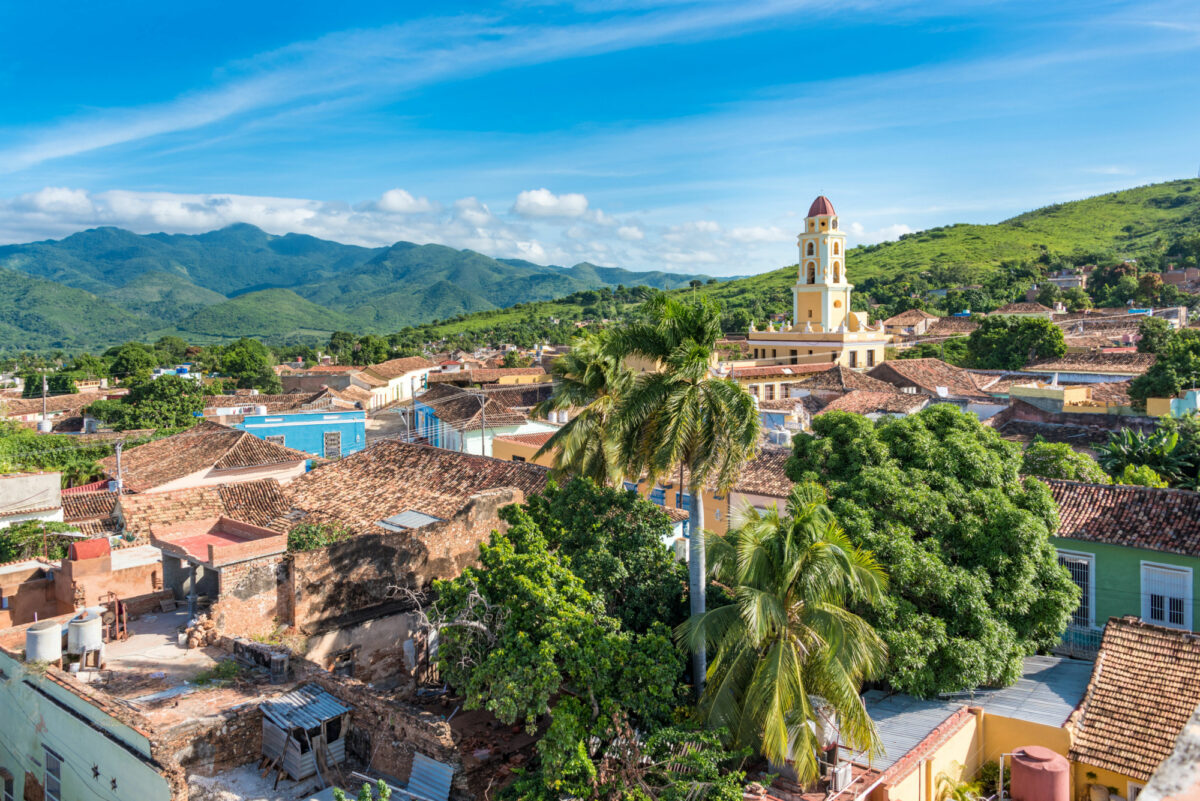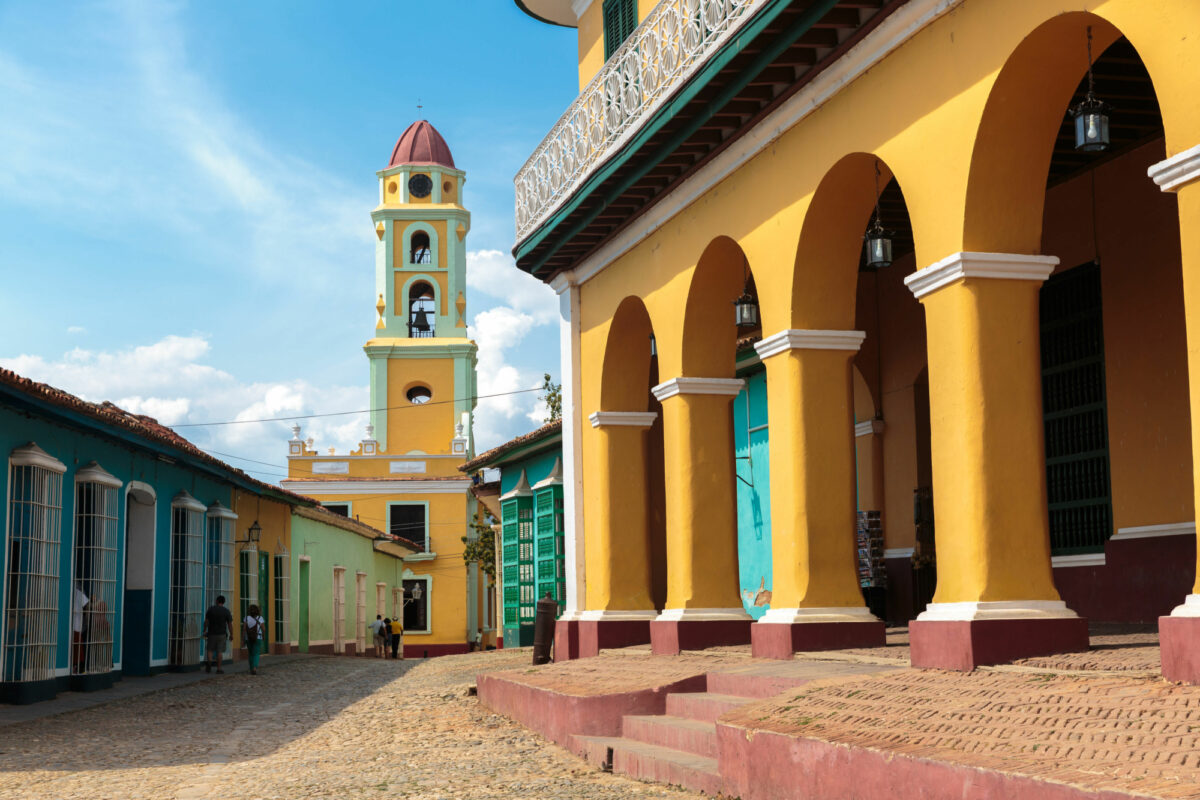Things to do in Trinidad
A taste of old Cuba
Cuba’s open-air museum, the exquisitely-preserved colonial city of Trinidad, is a place that seems to defy time itself. Forever stuck in the 19th century with its mansions, cobblestone streets and the echoes of a more prosperous era, this quaint town may be small but it packs a serious historical punch.

Highlights
Trinidad’s opulence was built on the backs of slavery and sugar plantations and the town’s handful of landowners certainly knew how to spend their wealth. With ornate ironwork, wood carvings, Italian frescoes, French chandeliers and Wedgwood china, no detail was overlooked.
Take some time to explore Trinidad's charismatic Plaza Mayor, home to some of the town’s best architecture. At its centre is a marble sculpture of Terpsichore, the Greek muse of dance, poetry and music.
Admire one of Cuba’s biggest churches, Iglesia Mayor Santisima Trinidad or Church of the Holy Trinity. Dating back to 1817, the church took no less than 75 years to complete, and as a result spans a variety of styles from neoclassical to Greek. It was built on the site of an older church that was destroyed during a hurricane in 1812, and prior to that was ransacked by English pirate Charles Gant.
Revel in the enchanting beauty of Palacio Brunet, nowadays known as Museo Romantico, directly facing Plaza Mayor with its unmistakable two-story ochre-coloured façade. This palatial building houses a collection of 19th-century antiques, from furniture to ornaments, immaculately preserved china, and valuable artwork.
Palacio Cantero is another grand house that belonged to one of Trinidad's wealthiest citizens, Justo Cantero, a doctor of German descent. The building is divided into four large open-plan rooms, each taking you through Trinidad's history with a display of vintage maps, rare documents, exhibits of the nearby Valle de Los Ingenios and the wars of independence. Climb the spiral staircase to enjoy some splendid views over the city – extra special at sunset.
Enjoy fine art and vintage treasures at the art gallery in Casa Aldeman Ortiz, an 1809 mansion built for Trinidad's mayor. Pay special attention to the beautiful frescoes and ornate ceilings.
If you stay the night be sure to stop by Casa de la Musica to get down to some traditional Cuban tunes. Most gather on the staircase beside the church and the show gets started around 10pm every night.
Make an obligatory journey to the stunning Valley of the Sugar Mills, 12km east of Trinidad, the meeting point of three valleys, beautifully framed by the surrounding lush mountains.
At a glance
- The local drink is the canchánchara – a brew made of rum, honey, lemon and water and most famously sold at Taberna La Canchánchara. Stop by for jam sessions with local musicians and slightly inebriated crowds that often break into spontaneous dancing.
Locals affectionately refer to Plaza Mayor as parque de los perros (park of the dogs) so named after the two bronze greyhounds that guard the entrance from Desengaño Street.
With its seven stories and 136 steps, Manaca Iznaga Tower, in the Valley of the Sugar Mills, offers 360-degree views of the valley.

Divine intervention
The Iglesia Mayor altar is home to an unusual object: the famous Cristo de la Veracruz (Veracruz Christ). This wooden, 18th century sculpture was destined for a church in Veracruz, Mexico, but the ship was forced to return to Trinidad three times due to poor weather. Only after it abandoned its cargo could it complete its journey, which was taken as a sign of divine intervention by the people of Trinidad who kept the statue and gave it pride of place in the town’s church.
Need to know
Trinidad is best discovered on foot, with the entire town within easy walking distance.
Trinidad is roughly 4.5 hours from Havana. Organised tours may stop off for a couple of hours in Santa Clara (px) en route to break up the journey, but you’ll want to spend at least two nights in Trinidad to see all the sights.




